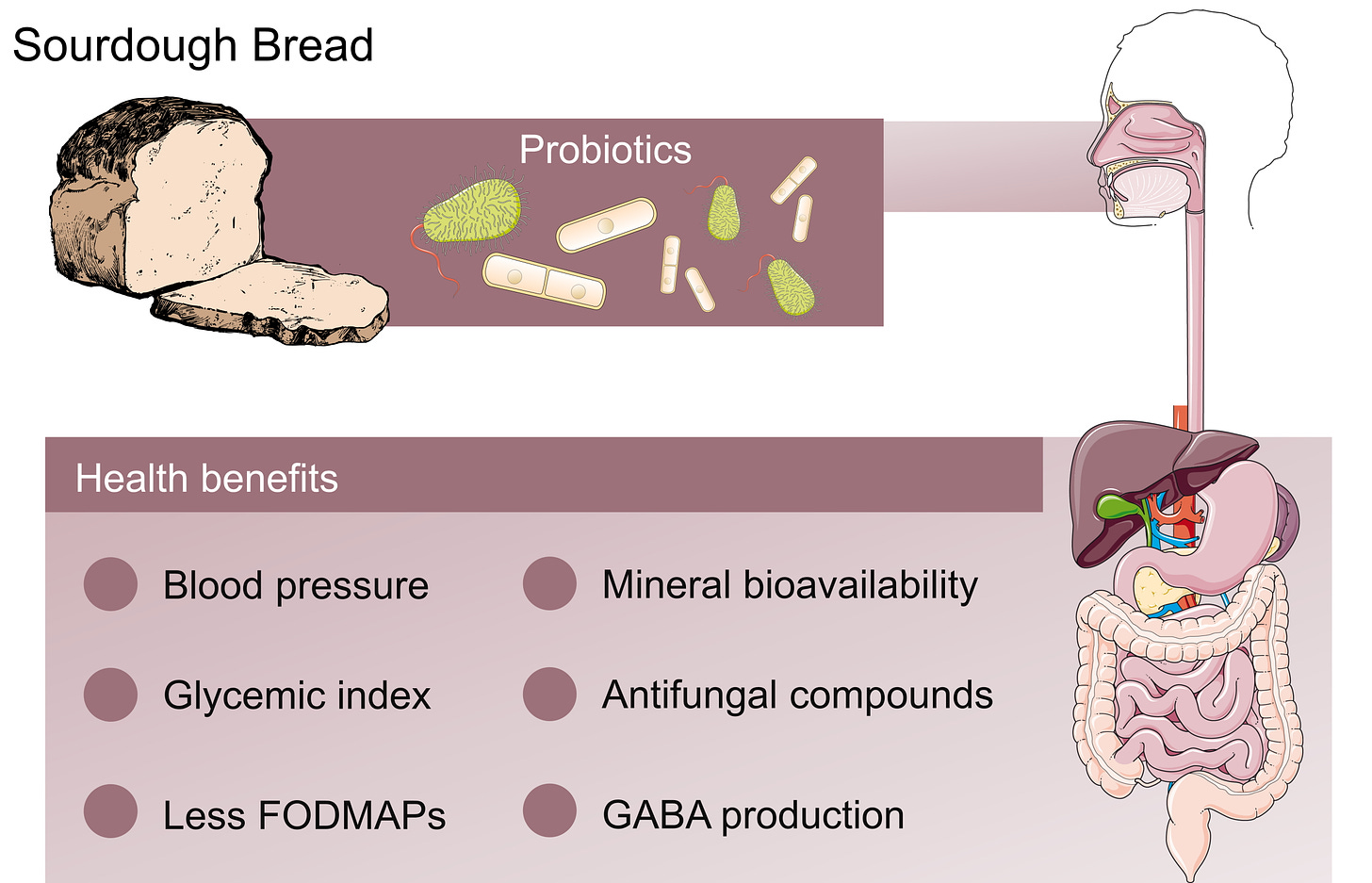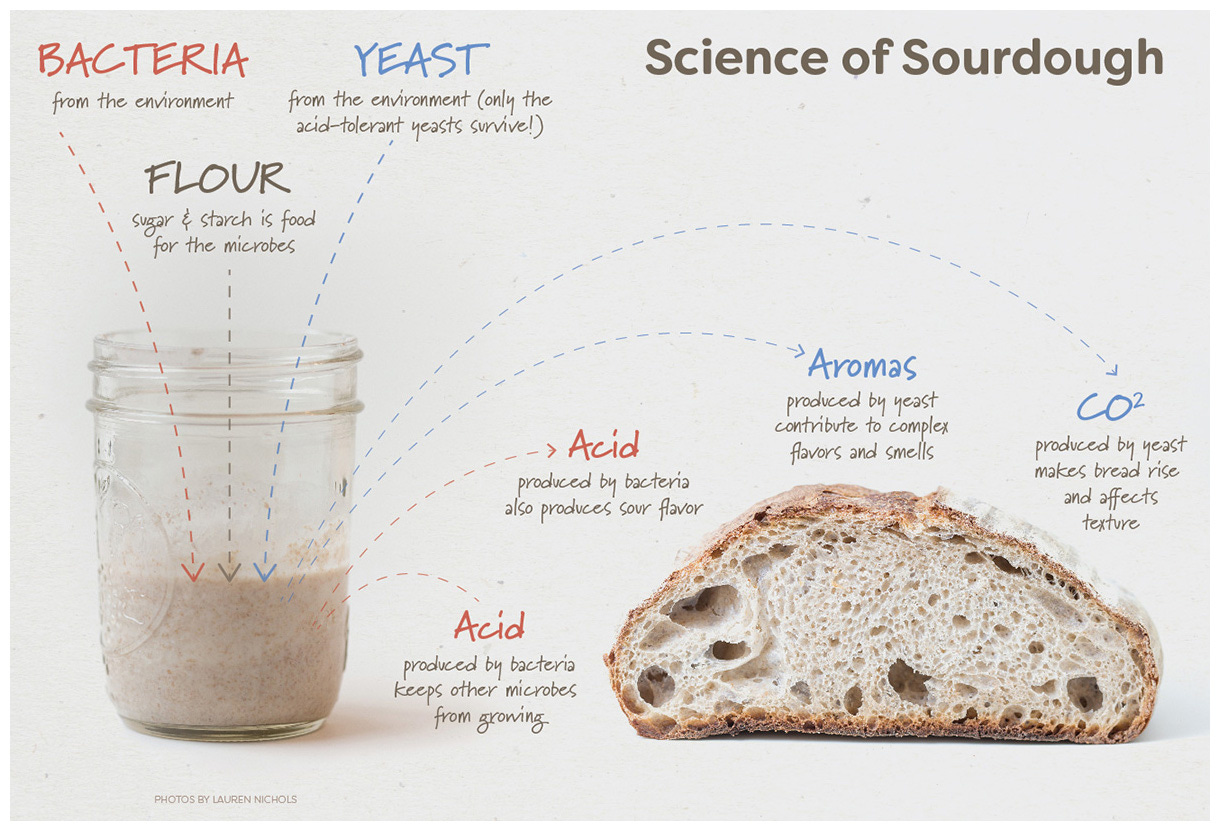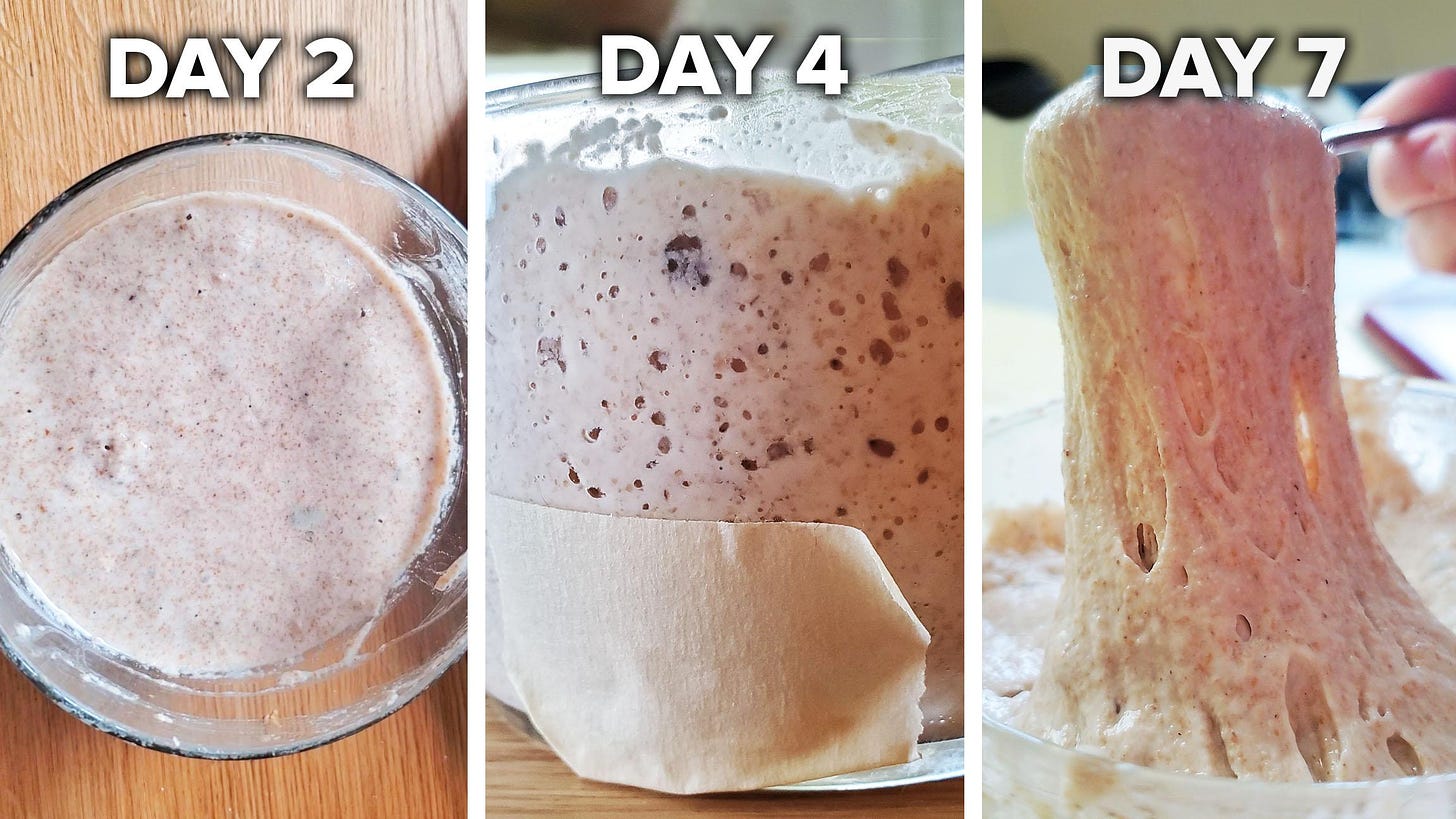The Science and Art of Sourdough Bread
In just a few weeks RootedNatureCo will launch for preorder with a few products; nature-inspired solutions for a healthier and happier you. Magnesium oil’s, peabody tea’s, and health planner’s are a few early products that will be offered. Follow for preorder updates.
Follow at RootedNatureCo.
Weekly Book Recommendation:
“Hundreds of proven herbal remedies, this resource shows readers how to ease symptoms, fight disease, and super-charge immunity without drugs or chemicals.”
The Herbal Drugstore: The Best Natural Alternatives to Over-the-Counter and Prescription Medicines
Research Article of the Week:
“The modern lifestyle associated with processed food, exposure to a wide range of chemicals and lack of exercise plays an important role in oxidative stress induction.”
The Science and Art of Sourdough Bread
Sourdough bread is a type of bread made from fermented dough that uses naturally occurring yeasts and bacteria. Unlike commercial yeast bread, sourdough bread undergoes a slow fermentation process that gives it a unique taste and texture.
The presence of a symbiotic colony of lactic acid bacteria (LAB) and yeasts inhabiting our diverse ecosystem induce lactic acid fermentation of sourdough which eventually becomes a stable culture after many hours.
The culture can be sourced from three established methods, resulted in classification of sourdough into types I, II and III.
Type I sourdough refers to the traditional sourdough that requires uninterrupted propagation (backslopping) by refreshing using fresh flour and water at regular intervals
Type II sourdough inoculates adapted cultures industrially as dough acidifiers
Type III sourdough is usually dried for easy storage and utilization.
Sourdough is the result of fermentation from two basic ingredients, mainly flour and water. Microbiome in sourdough is not only affected by various components in different types of flours but also dough hydration level, backslopping time, fermentation time and temperature.
To make a sourdough starter, a mixture of flour and water is left to ferment at room temperature for several days, allowing wild yeast and bacteria to colonize the mixture. During this time, the mixture becomes bubbly and develops a sour odor, indicating that the fermentation process is active.
The slow fermentation process of sourdough bread allows for the development of complex flavors and textures that are not present in commercial breads. The acidity of the dough also helps to preserve the bread and inhibit the growth of mold and bacteria.
Keep reading with a 7-day free trial
Subscribe to Rooted In Health to keep reading this post and get 7 days of free access to the full post archives.






